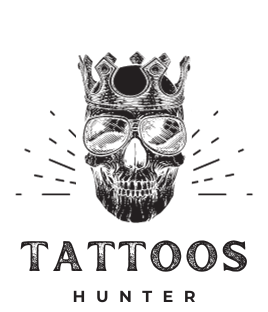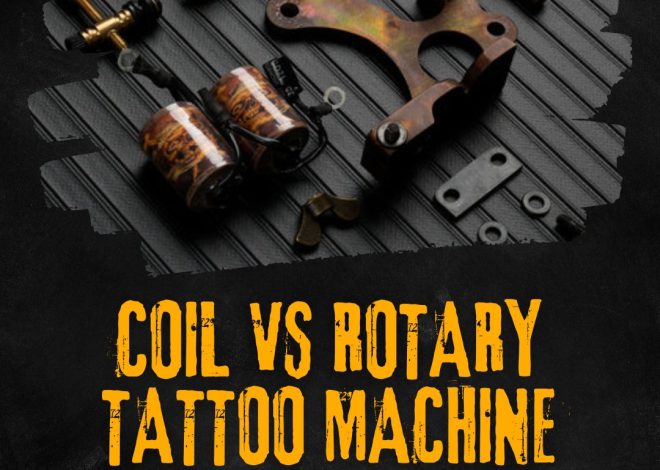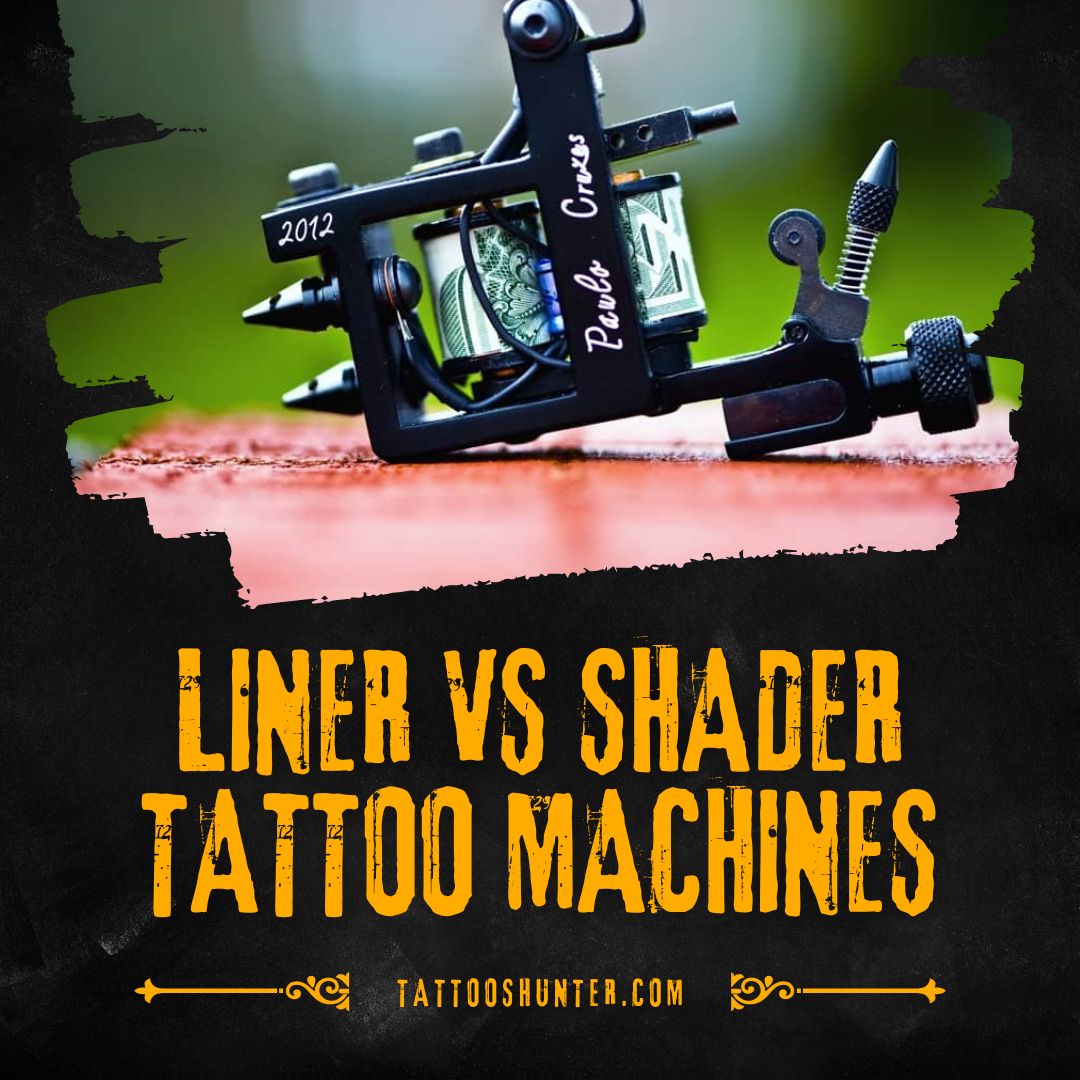
Liner vs Shader Tattoo Machines: When to Use Each Type
With the growing popularity of tattoos, there’s also a lot more curiosity about the tools of the trade. If you’ve peeked into a tattoo artist’s setup before, you may have noticed they use different machines that don’t look quite alike. These machines are optimized for different purposes – the liner for precision and the shader for packing in color. But what exactly sets them apart?
In this beginner’s guide, we’ll demystify the difference between liner and shader tattoo machines. We’ll break down their specialized designs, compare their mechanics and functions, and explain why an artist chooses one over the other. Whether you’re an aspiring tattoo artist looking to upgrade your kit, or just tattoo-curious, you’ll learn the core distinctions between these essential tattoo tools. We’ll also discuss ideal needle groupings and provide tips for choosing the right machine for your tattoo goals. Read on to get the insider’s perspective on liners versus shaders!
So what is a linear and a shader tattoo machine?
As an experienced tattoo artist who specializes in black and grey horror portrait realism, I often get asked about the differences between liner and shader tattoo machines. Here’s a detailed breakdown to help explain:
What is a Liner Tattoo Machine?
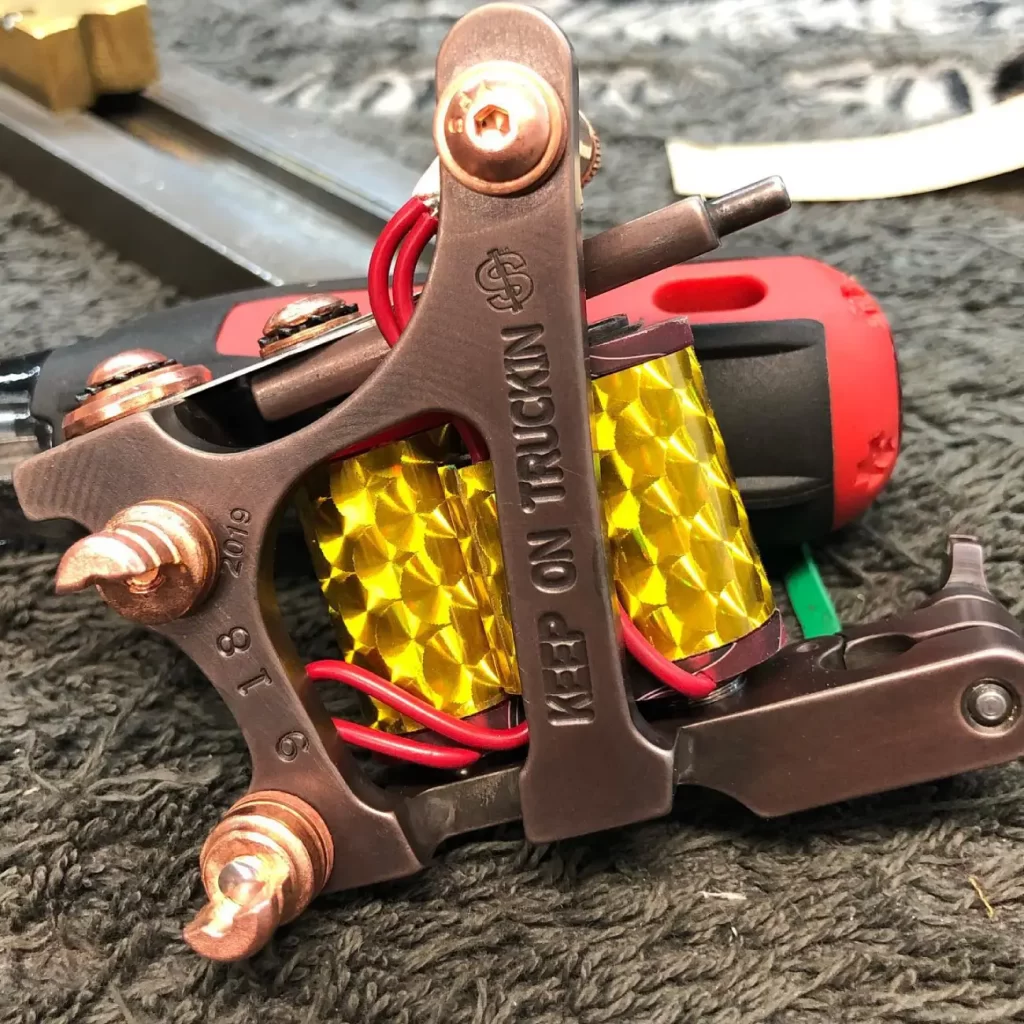
Liner machines are designed for precision line work and detailed tattoos. They operate at a very high speed, usually over 10,000 RPMs, with a lightweight construction. This allows the artist to have more control over the needle for clean, crisp lines.
The coils in a liner machine are thinner and positioned differently to increase the oscillation speed of the needle. This rapid up-and-down movement is ideal for injecting ink into the skin to create sharp, narrow lines. The high speed also allows for efficient penetration when doing single-pass lines.
Liner Mechanics and Function
The mechanics of a liner machine enable the artist to have precise control over the needle. The lightweight frames reduce fatigue during long lining sessions. The adjustable contact screw lets you fine-tune the needle depth as needed for optimal ink delivery.
I prefer lighter liner machines around 5-6 ounces. This gives me the best feel and maneuverability when doing detailed linework. The right liner machine becomes an extension of your hand for precise artistic expression.
What is a Shader Tattoo Machine?
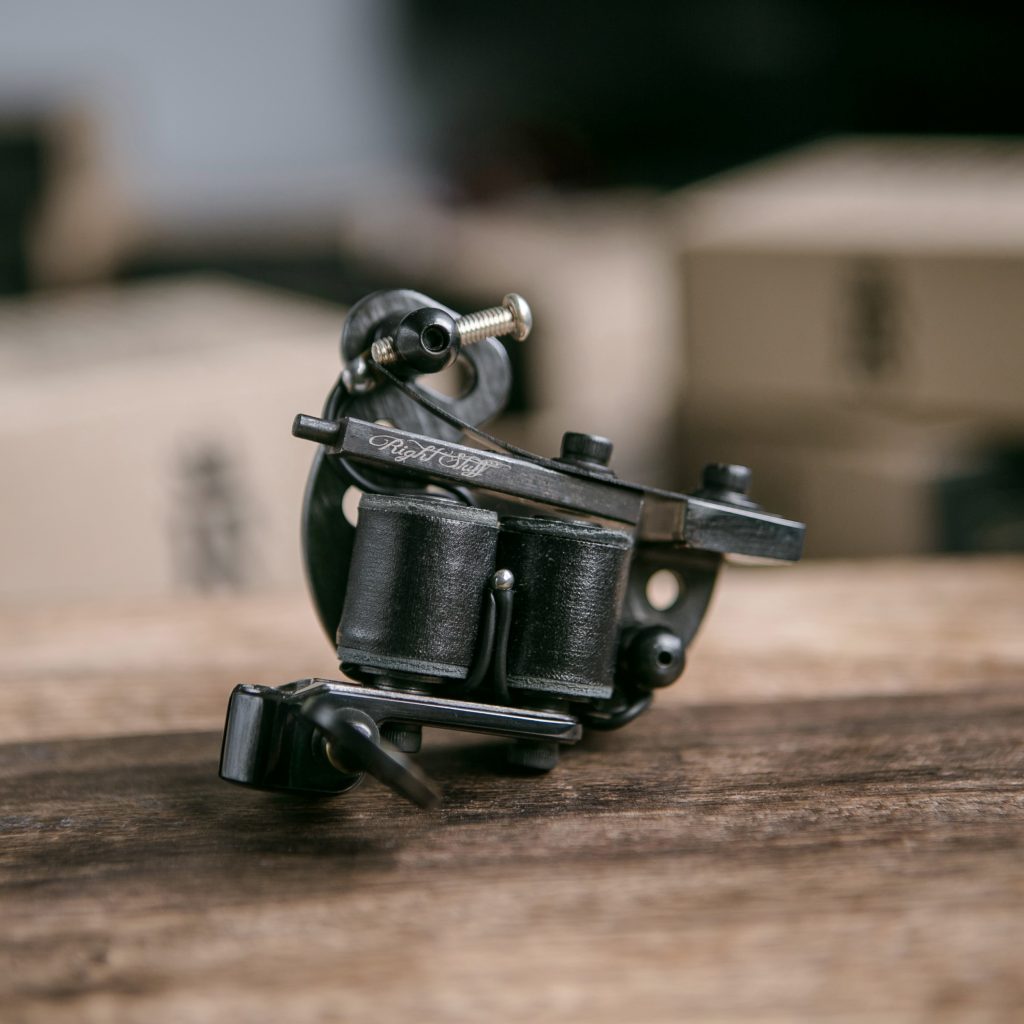
Shader machines are designed for packing in color and doing smooth shading work. They operate at a slower speed, around 5,000-8,000 RPMs, with a heavier construction. This provides stability for saturating the skin with more ink on each pass.
The coils in a shader machine are thicker and positioned for maximum power rather than speed. This enables the needles to penetrate deep and fully saturate the skin with pigment. The slower oscillation is ideal for smooth color gradients.
Shader Mechanics and Function
The mechanics of a shader machine provide the necessary power and stability for color packing. The heavier steel or aircraft-grade aluminum frames prevent flexing under pressure. The contact screw is also adjustable but set deeper to allow for more needle throw.
I prefer shader machines around 7-10 ounces. The weight gives me the stability I need when doing long shading sessions. Good shader performance allows me to achieve smooth gradients and vivid color saturation.
What is the needle configuration for liner and shader machines?
Liner machines use needle groupings of 1 to 3 needles soldered together. Tight groupings allow for precise lines. Common configurations are 1RL, 2RL, 3RL, etc. The “RL” stands for “round liner”.
Shader machines use needle groupings of 5 needles or more soldered together. The higher needle count provides greater coverage for color packing. Common configurations are 5RS, 7RS, 14RS, etc. The “RS” stands for “round shader”.
I’ll select the ideal needle grouping based on the tattoo design and my artistic goals. Precision linework requires tight liner groupings, while smooth shading needs higher shader counts.
How does the speed of liner and shader machines differ?
Liner machines operate at very fast speeds of 10,000 RPM or higher. This rapid oscillation allows the needle to quickly penetrate the skin multiple times per second, depositing ink with precision for crisp lines.
Shader machines run at slower speeds between 5,000-8,000 RPMs. The reduced speed provides more power and stability for the needle to saturate the skin. It allows me to focus on smooth shading rather than quick poking motions.
The speed difference is optimized for the tattooing task. I can achieve both surgical linework and artistic shading gradients by selecting the appropriate machine.
Key Differences in Design
In summary, the key design differences are:
- Liners have lightweight construction while shaders are heavier
- Liners use thinner coils positioned for speed; shaders use thicker coils for power
- Liners operate at 10,000+ RPMs; shaders operate at 5,000-8,000 RPMs
- Liners utilize tight needle groupings (1-3); shaders use higher groupings (5+)
These specialized designs result in more control for lining and more ink delivery for shading. I choose the machine based on the tattoo goal – crisp definition or smooth gradients.
Liner Needles for Precision
When using a liner machine, I’ll select tight needle configurations like 1RL, 2RL or 3RL groupings. The “RL” refers to Round Liner style needles.
With 1 needle, I can execute extremely fine single-pass lines. 2 and 3 needles allow me to adjust line thickness while maintaining precision. The tight groupings penetrate cleanly for sharp, consistent lines.
I also use liner needles for stippling to create artistic dotwork shading. Liner needles produce crisp dots that I can build into intricate designs.
Shader Needles for Smooth Coverage
When using a shader machine, I’ll use higher needle groupings like 5RS, 7RS, 9RS or more. The “RS” refers to Round Shader style needles.
These configurations provide greater surface coverage to saturate the skin efficiently. I can shade smoothly with a 7RS needle and pack in vivid color with a 14RS. The higher needle count allows me to work quickly while keeping the shading gradual.
In the end, I choose my machine and needles based on the desired artistic effect. With experience and the right tools, I can create intricate tattoos that my clients will proudly wear for life.
Conclusion
As a tattoo artist, I rely on having the right tools for the job when creating body art. For me, that means keeping both liner and shader machines in my setup. I use liner machines optimized for precision line work and crisp details. With their lightweight construction, thinner coils, and faster needle speed, I can execute clean linework and intricate designs. When it’s time for shading, I switch to my shader machine engineered for power and stability.
The heavier build, thicker coils, and slower speed allow me to lay down smooth gradients and pack vibrant color saturation. While the configurations differ, both machine types are high-quality, precision tools that help me accurately deposit ink into skin. With experience and an understanding of each machine’s specialized purpose, I’m able to create stunning, artistic tattoos. I choose liners to define outlines and details, and shaders to provide depth and dimensions. The next time I’m inking, I’ll appreciate how these machines enable me to transform creative visions into meaningful body art.
Useful resources:
